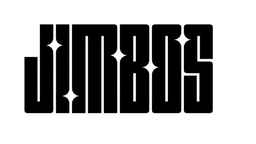Rotary vs Dual Action Polisher – Which One Should You Use?
If you’re just getting into paint correction, one of the biggest questions is: Should you use a rotary or a dual action (DA) polisher? They look similar—but they work very differently. In this post, I’ll break down how each tool works, the pros and cons, and how to pick the right one for your detailing goals.
What Is a Dual Action (DA) Polisher?
A DA polisher moves in two motions—rotation and oscillation. This random orbital motion makes it safer to use, especially for beginners. It’s almost impossible to burn the paint with a DA, and it’s very effective at removing light to moderate defects.
Pros of DA Polishers:
- Beginner-friendly and low risk of paint damage
- Great for one-step polish jobs
- Easy to control, lightweight, and ergonomic
What Is a Rotary Polisher?
A rotary polisher spins on a single axis with consistent rotation. It can generate more heat and cut faster—making it ideal for heavy correction work or deeper scratches. But it requires more skill and has a higher risk of damaging the paint if misused.
Pros of Rotary Polishers:
- Faster correction power on severely damaged paint
- Common in body shops and professional settings
- Works well for deep oxidation or sanding mark removal
Which One Should You Use?
Use a DA Polisher If:
- You’re new to machine polishing
- Your paint only needs light to moderate correction
- You want a safer, more forgiving experience
Use a Rotary Polisher If:
- You have experience and control with machine polishing
- You’re removing sanding marks or severe defects
- You’re doing restoration work or high-end paint jobs
Pro Tip: Let the Pad and Polish Do the Work
Whether you’re using a rotary or DA, the real magic comes from pairing your machine with the right pad and polish. Picture Perfect Polish is pad-dependent, meaning it delivers strong cut or perfect finish depending on how you use it—on either machine.
Recommended Products
Related Posts
There’s no one-size-fits-all machine. Use the tool that fits your paint’s needs and your comfort level. DA polishers are perfect for 90% of jobs—but if you know what you’re doing, a rotary can be a powerful asset in your detailing arsenal.




